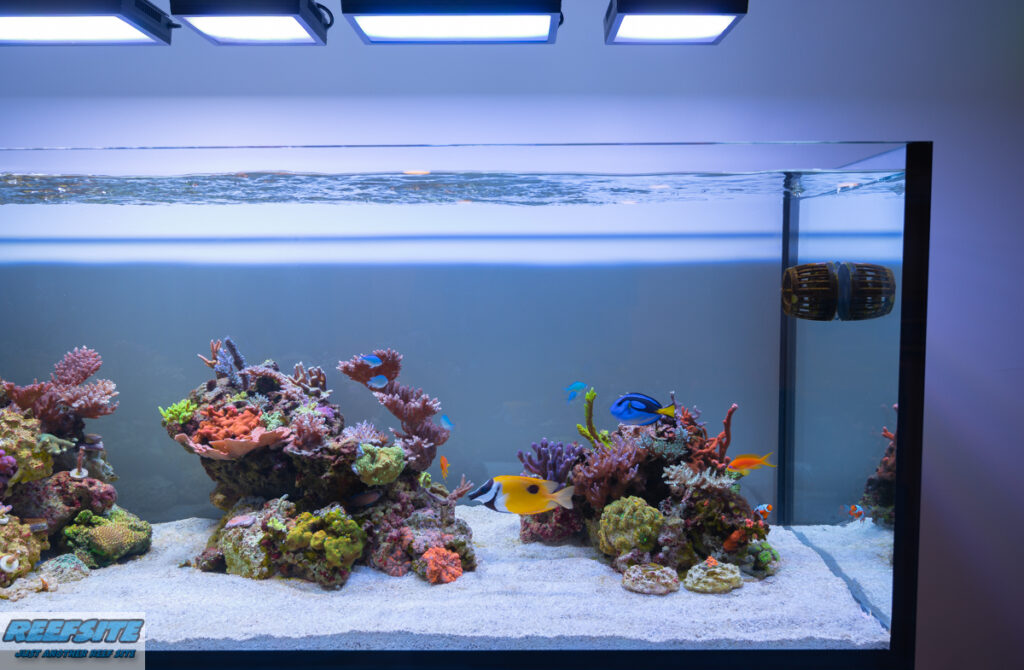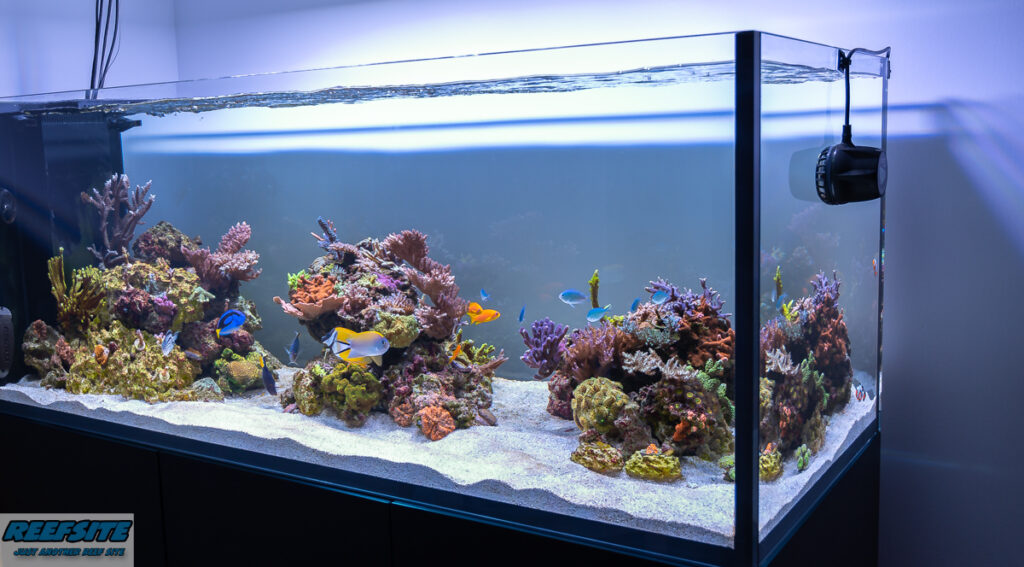I like this, ALOT !!!
I have a 32 G Biocube that is only a couple to three months old. Downgraded from a 220G. I was battling Cyano and finally gave in to the chemical treatment, I wish I stumbled on this sooner.
I didnt read all the pages, but skimmed through a few.
Would this help to treat green hair algae ?
Seems like GHA gained some ground after the chemical treatment of cyano. Noted I dont have any coral, just 15 yr old clowns. I have old T5 original bulbs. Plan to upgrade with Steves LED's. Dont really test other then salinity. Water Change Wednesdays of 5 gallons every week.
Thanks for any input.
I have a 32 G Biocube that is only a couple to three months old. Downgraded from a 220G. I was battling Cyano and finally gave in to the chemical treatment, I wish I stumbled on this sooner.
I didnt read all the pages, but skimmed through a few.
Would this help to treat green hair algae ?
Seems like GHA gained some ground after the chemical treatment of cyano. Noted I dont have any coral, just 15 yr old clowns. I have old T5 original bulbs. Plan to upgrade with Steves LED's. Dont really test other then salinity. Water Change Wednesdays of 5 gallons every week.
Thanks for any input.





















